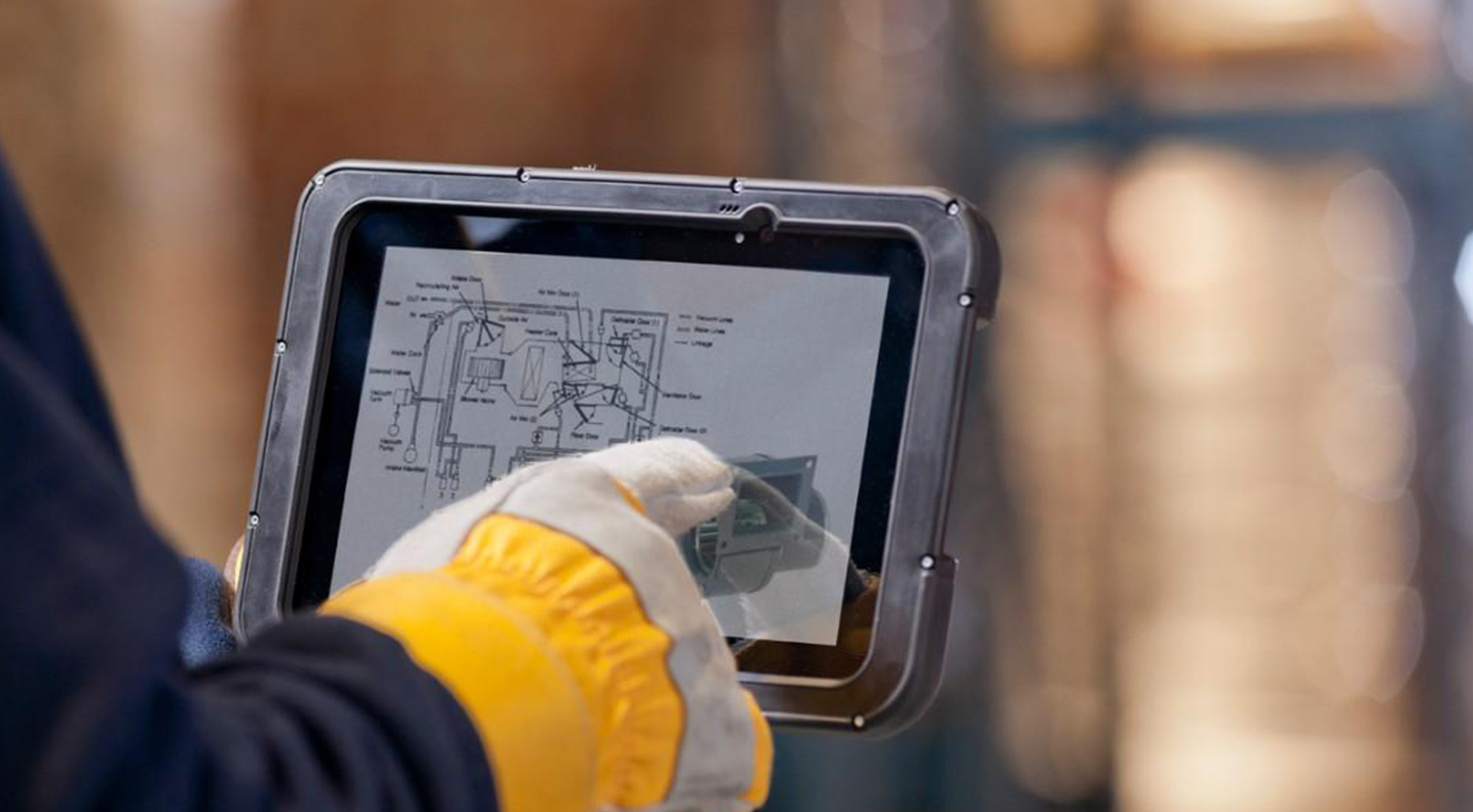Rugged Preferences Shifting to Android
Written by Sandra Tansky
1 Min Read
Blog
Long the “go to” device class for use in harsh environments, rugged mobile is enjoying a new found popularity in the Android-dominant enterprise. While demand for rugged mobile devices in specialized environments has always been strong, a distinct preference for Android began emerging last year. In all, 54% of rugged devices now use the Android OS, while the market share ascribed to Windows IoT Enterprise has shrunk to 4% (2016).
Previously, when the majority of rugged devices used proprietary OS or Windows OS, rugged applications were often the only ones in the enterprise on a non-Android platform. This technical isolation drove up rugged’s application development, deployment and support costs. With Android becoming a more dominant rugged platform, applications written for other parts of the organization can be easily ported to Android-based rugged devices. The abundance of developers preferring to write for Android also keeps down costs. In addition, the portability of these Android applications allows users to select their device of choice based on job function and environment. Already a mainstay in the enterprise, Android’s mobile OS platform leverages previous infrastructure investment and simplifies rugged support, which adds to its attractiveness.
As compared to consumer devices, rugged devices can save enterprises money – despite their smaller ordering quantities and higher acquisition costs. On average, a rugged handheld device delivers a 22% lower total cost of ownership than a non-rugged device. In addition, rugged devices operate three times longer than their non-rugged counterparts.
Considering the enterprise preference for Android, its portability, low development costs and simplified support, the emergence of this platform as rugged-preferred is not as surprisingly as it first appears.














